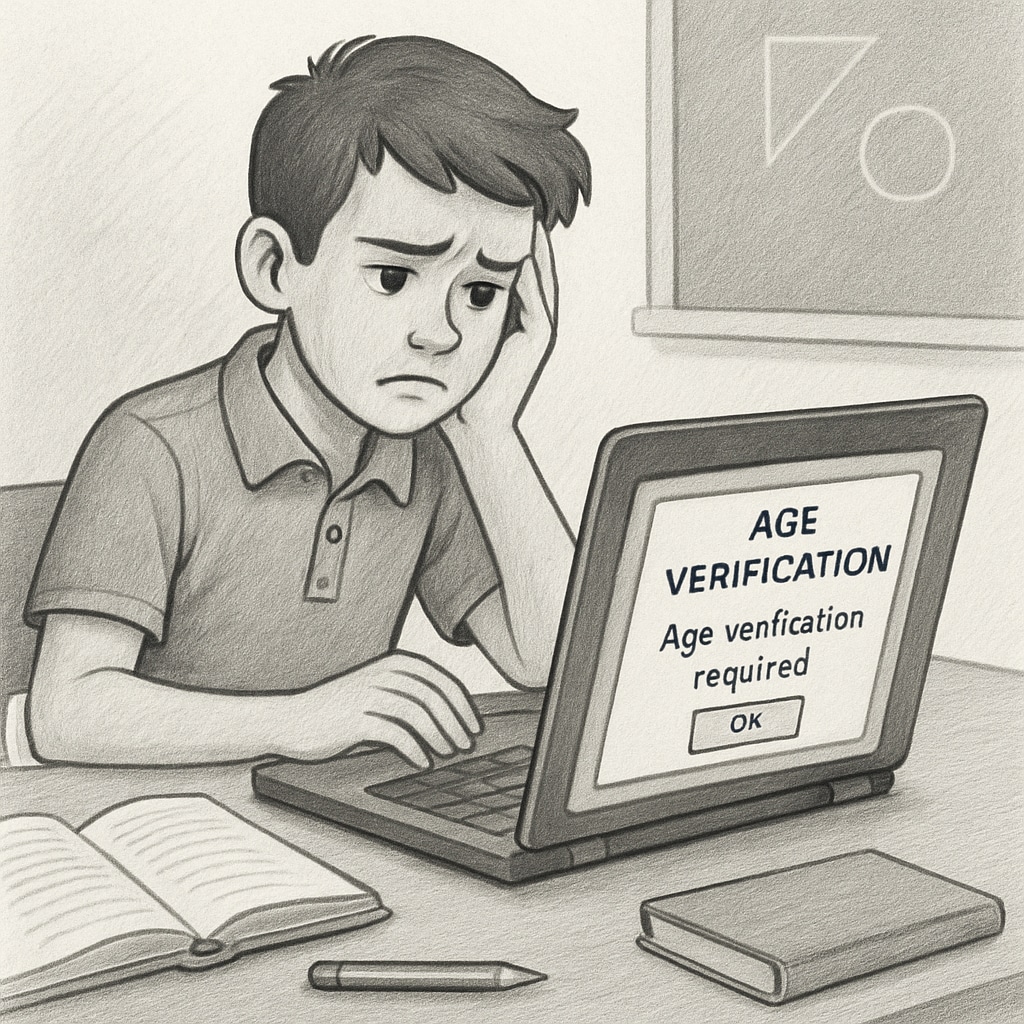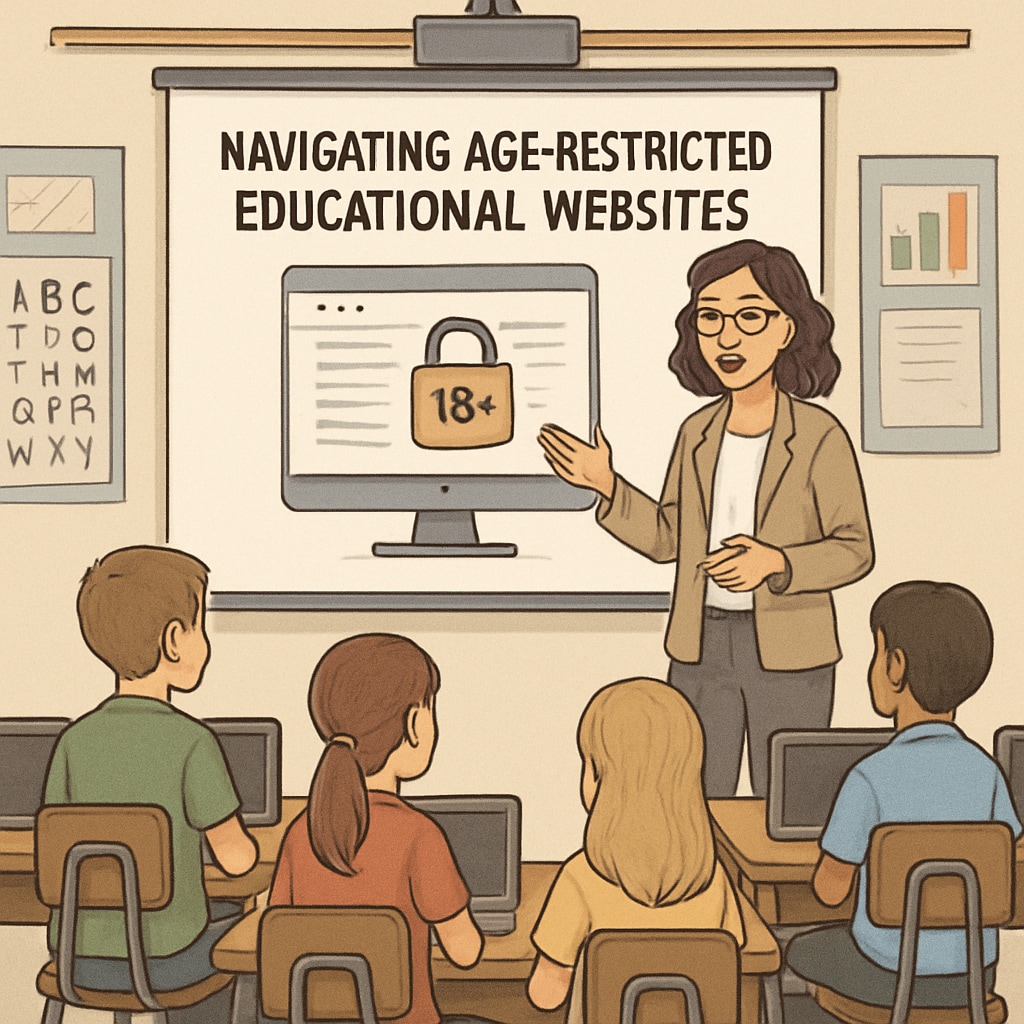In the age of digital learning, “age verification laws, content restrictions, and website responsibility” have become pressing topics in the United States. These regulations, designed to protect minors from inappropriate materials, are now being implemented in various states. While the intention behind these laws is noble, they have inadvertently created barriers for K12 students seeking educational content online. This article examines how these restrictions affect students’ access to knowledge and explores ways to balance safety with the freedom to learn.
Understanding the Impact of Age Verification Laws
Age verification laws require websites to confirm a user’s age before granting access to certain types of content. This is often achieved using tools like identity checks, credit card verification, or AI-based age estimations. While these measures are primarily aimed at limiting exposure to harmful materials, they can also restrict access to legitimate educational resources.
For example, certain websites hosting health, science, or historical content may inadvertently fall under the purview of these laws due to keywords or sensitive topics. As a result, K12 students may face hurdles in accessing materials essential to their curriculum. This raises concerns about how these laws could unintentionally limit the scope of learning.

Challenges for Educational Equity
The age verification process can disproportionately impact students from underprivileged backgrounds. Many verification systems require a credit card or ID, which not all families possess. This creates an additional layer of inequity in access to online learning resources.
Moreover, the algorithms behind age verification tools are not foolproof. False positives may block legitimate users, while false negatives may fail to restrict inappropriate access. Such inconsistencies further complicate the user experience for students and educators alike.
For example:
- A student researching reproductive health for a science project may be denied access to credible medical websites.
- Teachers may struggle to recommend diverse resources if websites err on the side of over-restriction.
As a result, the digital divide widens, affecting the overall quality of education.
Balancing Safety and Freedom to Learn
To address these challenges, policymakers and educational institutions must collaborate to find solutions that protect minors without impeding their learning. Here are some approaches:
- Context-Sensitive Filtering: Develop filtering systems that distinguish between harmful and educational content.
- Guardian-Assisted Access: Allow parents or guardians to pre-approve educational websites for students.
- Clearer Guidelines: Provide detailed criteria for classifying content under age verification laws.
- Educator Involvement: Include teachers in discussions about implementing these laws to ensure practical alignment with classroom needs.
For instance, countries like the UK have implemented similar laws but also provide exemptions for educational and scientific resources. Such models can serve as a blueprint for U.S. states.

The Role of Websites
Websites also bear a responsibility to adapt their platforms to these regulations without alienating younger users. By using age-appropriate interfaces and offering alternative verification methods, platforms can create a more inclusive online environment.
Additionally, partnerships between educational organizations and tech companies can help streamline access to safe, high-quality learning materials. For example, platforms like Khan Academy and Britannica have successfully navigated content moderation while prioritizing accessibility.
Conclusion: A Call for Equilibrium
The implementation of age verification laws brings both opportunities and challenges for K12 education. While these regulations play a crucial role in protecting minors, they must not come at the cost of educational equity and freedom. Policymakers, educators, and technology providers must work together to ensure that safety measures complement, rather than hinder, the pursuit of knowledge.
As digital learning continues to expand, the question remains: How can we build a safer internet without constructing barriers to education? The answer lies in a balanced approach that values both safety and accessibility.
Readability guidance: This article uses short paragraphs, lists, and transitional phrases to enhance clarity. Overly complex sentences and passive voice have been minimized to ensure accessibility for a broad audience.


